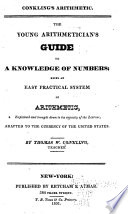 | Thomas Conkling (W.) - Arithmetic - 1831 - 302 pages
...be, as before taught; then, state the question as directed in whole numbers, p. 109; and, as in that rule, multiply the second and third terms together, and divide the product by the first; that is, multiply the denominator of the first term by the numerators of the 2d and 3d, for a new numerator;... | |
 | Arithmetic - 1831 - 198 pages
...and if the third term consist of several denominations, reduce it to its lowest denomination; then, Multiply the second and third terms together, and divide the product by the first term: the quotient will be the answer. Note. — The product of the second and third termsis of the... | |
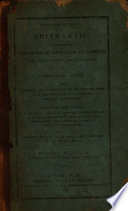 | Daniel Adams - Arithmetic - 1831 - 276 pages
...the two remaining numbers for the second term, and the greater for the first ; and, in either case, multiply the second and third terms together, and divide the product by the first for the answer, which will always be of the same denomination cs the third term. Note 1. If the first... | |
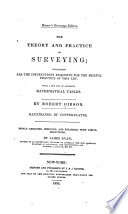 | Robert Gibson - Surveying - 1832 - 290 pages
...be as much greater or less than the third as the second term is greater or less than the first, then multiply the second and third terms together, and divide the product by the first term, and the quotient will be the answer ; — in the same denomination with the third term. EXAMPLES.... | |
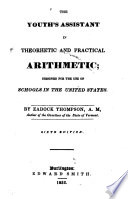 | Zadock Thompson - Arithmetic - 1832 - 182 pages
...less, write the least of the other two given numbers for the third term, and the greater for the first. Multiply the second and third terms together, and divide the product by the first, the quotient will be the answer. NOTE. — Before stating the question, the first and third terms must... | |
 | William Ruger - Arithmetic - 1832 - 282 pages
...Prepare the given terms, as in Multiplication, and state the question the same as in whole numbers; then multiply the second and third terms together and divide the product by the first: Or, invert the first term, and multiply the three together, as in Multiplication ; the last product... | |
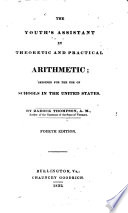 | Zadock Thompson - Arithmetic - 1832 - 186 pages
...less, write the least of the other two given numbers for the third term, and the greater for the first. Multiply the second and third terms together, and divide the product by the first, the quotient will be the answer. tion. PROPORTION. QUESTIONS FOR PRACTICE. 4. If 15 bushela of corn... | |
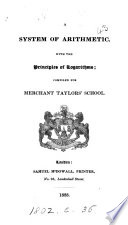 | Richard Frederick Clarke (the elder.) - 1833 - 158 pages
...terms, when necessary, into the same name, and the third into the lowest denomination mentioned. 4th. Multiply the second and third terms together, and...the first, and the quotient will be the fourth term, or answer, in the same denomination the third term was left in. NOTE. It is often required to bring... | |
| |